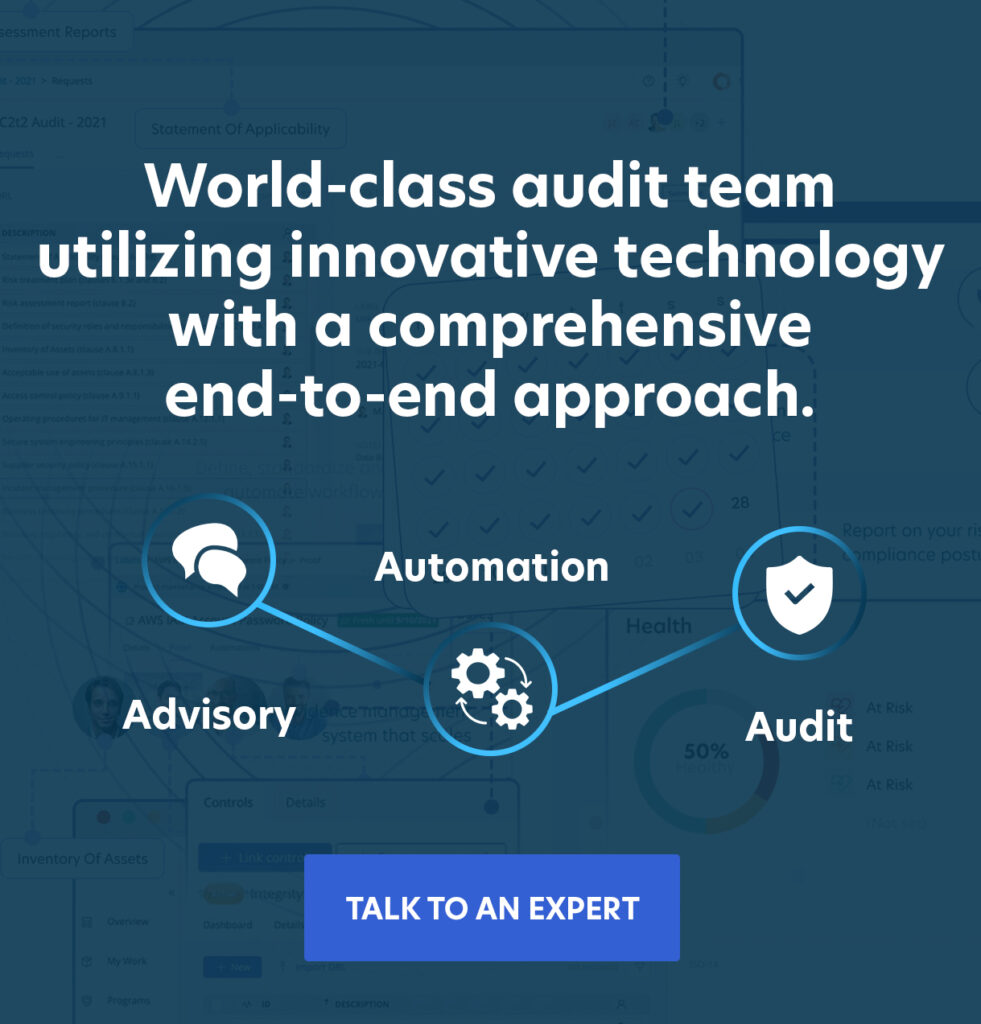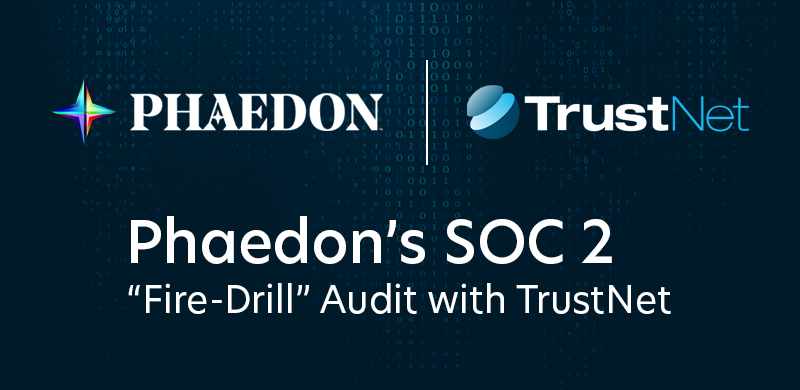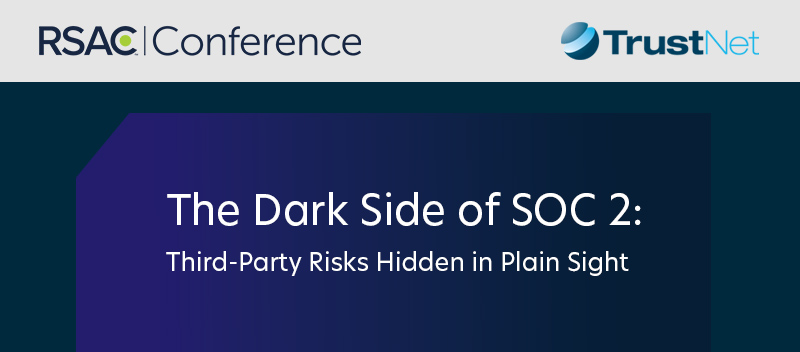Understanding the Shared Responsibility Model in Cloud Security

Cloud security is a shared responsibility between you and your cloud service provider (CSP). Misunderstanding this model can lead to data exposure, security gaps, and costly compliance failures. Learn the division of responsibilities for IaaS, PaaS, and SaaS, and take action to strengthen your cloud security posture through proper practices and ongoing training.
Cloud security isn’t just your provider’s job; it’s a shared responsibility. The shared responsibility model clearly defines which security tasks are handled by cloud service providers (CSPs) and which are owned by you, the customer.
Misunderstanding this model can lead to serious consequences, including:
-
- Exposed cloud data due to misconfigured settings
- Cloud web security gaps from assumed protections
- Costly compliance failures and reputational damage
As more businesses shift to cloud environments, it’s critical for IT leaders, CISOs, and decision-makers to understand where their responsibilities begin and end.
This article breaks down the shared responsibility model, dispels common misconceptions, and outlines how your organization can:
-
- Strengthen its cloud security posture
- Choose the right cloud security solutions
- Reduce risk across cloud environments
Understanding your role is step one. Acting on it is what protects your business.
What is the Shared Responsibility Model?
In cloud security, the Shared Responsibility Model defines how security and compliance duties are split between CSPs and their customers. This framework is crucial for avoiding gaps that lead to data breaches or compliance failures.
Two Sides of Responsibility
CSPs handle the security of the cloud.
They secure:
-
- Physical data centers
- Hardware and networking infrastructure
- Virtualization layers and foundational services
- Core cloud network security controls
Customers are responsible for security in the cloud.
They manage:
-
- Data encryption and classification
- Identity and access management (IAM)
- Application-layer controls and settings
- Security configurations for services and workloads
Understanding where your responsibilities start and end ensures you implement the right cloud security solutions and avoid critical missteps.
Looking to strengthen your cloud security posture? TrustNet’s cloud security services help you identify risks, streamline compliance, and implement effective controls tailored to your cloud environment.
Division of Responsibilities by Cloud Service Model
The shared responsibility model adapts depending on the type of cloud service you use: Infrastructure as a Service (IaaS), Platform as a Service (PaaS), or Software as a Service (SaaS).
IaaS
- CSP Secures: Physical infrastructure, storage, compute, and virtualization layer.
- Customer Manages: Operating systems, network configurations, applications, identity and access management (IAM), and data security in cloud computing.
- Key Action: Harden VMs, patch OS, configure firewalls, and monitor workloads. As customers have direct control over the virtual environment, failing to secure these elements leaves critical attack surfaces exposed.
PaaS
- CSP Manages: Infrastructure, operating system, middleware, and runtime.
- Customer Secures: Application code, user access, and cloud computing data security.
- Key Action: Implement secure code practices, encrypt sensitive data, and enforce access controls. As attackers increasingly target app-layer vulnerabilities and mismanaged access, your code and user access are your front line.
SaaS
- CSP Handles: Everything from infrastructure to application management.
- Customer Still Owns: Data security, user provisioning, and compliance with internal and regulatory policies.
- Key Action: Control user access, configure security settings, and monitor data sharing. Even in SaaS, misconfigured permissions and shadow IT can lead to breaches and non-compliance.
Complexity in Hybrid and Multi-Cloud Environments
Modern organizations often mix IaaS, PaaS, and SaaS across multiple providers, which multiplies the challenge. Add cloud access security brokers (CASBs) into the stack, and responsibilities become even more fragmented.
To stay secure, teams must:
- Maintain consistent security policies across environments.
- Use CASBs for visibility and policy enforcement.
- Ensure every role knows its responsibilities, especially in shared or ambiguous zones like compliance and configuration.
Common Misconceptions and Pitfalls
Despite the clarity of the shared responsibility model, many organizations mistakenly believe that CSPs handle all aspects of cloud security. This misunderstanding can lead to serious breaches and security vulnerabilities.
Key Fact: According to studies, only 13% of organizations fully understand their responsibilities in cloud security.
Key Consequence: Gartner predicted that by 2025, a staggering 95% of cloud security failures are caused by customer errors, not CSP shortcomings.
Common Pitfalls:
-
- Misconfigured Storage Buckets: Leaving data exposed or accessible to unauthorized users. /
- Weak Access Controls: Insufficient user authentication or overly broad access permissions.
- Lack of Encryption: Storing sensitive data without encryption increases the risk of data leaks.
These mistakes stem from a lack of clarity and awareness, highlighting the importance of ongoing education and cloud security certification for IT teams.
Best Practices for Fulfilling Your Responsibilities
Your organization must adopt best practices that ensure proper protection of its data, systems, and applications. Here are key strategies:
-
- Review SLAs and Contracts: Ensure that Service Level Agreements (SLAs) and contracts clearly define the security roles and responsibilities of each cloud provider. Understand how these vary across different cloud service models (IaaS, PaaS, SaaS).
- Prioritize Data Security: Always encrypt data both at rest and in transit. Implement strong access controls and regularly audit permissions to prevent unauthorized access.
- Identity and Access Management (IAM): Define and enforce least-privilege access policies. Limit access to sensitive data and applications based on user roles and responsibilities.
- Embrace DevSecOps: Integrate security directly into the development pipeline. Automate security testing to catch vulnerabilities early and ensure that security is part of the continuous delivery process.
- Leverage Cloud-Native Security Tools: Use both CSPs’ built-in security tools and third-party solutions to enhance monitoring, threat detection, and compliance efforts.
- Continuous Training: Invest in cloud security certification and provide regular training to your security teams. Keeping your team updated on the latest cloud-native security practices is essential for staying ahead of threats.
By following these best practices, you will strengthen your cloud security posture and minimize risks while fulfilling your responsibilities in the shared security model.
How to Evaluate Cloud Security Solutions & Providers
Use these key criteria to make an informed decision when evaluating cloud security solutions and providers:
— Transparency in Shared Responsibility: Ensure the provider clearly defines their security obligations versus the customer’s.
— Robust Documentation: Look for comprehensive documentation that outlines security policies, procedures, and practices.
— Security Certifications: Verify certifications like ISO 27001, SOC 2, and others that prove the provider meets industry standards.
— Third-Party Audit Attestations: Confirm that the provider undergoes regular independent audits to validate their security posture.
Ask the following questions when assessing providers:
1. What security controls are managed by the provider vs. the customer?
This clarifies your responsibilities and reduces security gaps.
2. How does the provider support compliance and risk management?
Understand the tools and processes they use to help meet regulatory requirements.
3. What cybersecurity threats do organizations face from AI, and how does the provider address them?
AI presents unique security challenges that your provider should mitigate.
4. What is a Cloud Access Security Broker (CASB), and how can it help?
CASBs enhance visibility and control over data security in cloud environments.
Regularly review your cloud security solutions and providers as cloud environments evolve.
Conclusion & Next Steps
Mastering the shared responsibility model is key to strengthening your cloud security strategy. By clearly defining roles and responsibilities, your organization can prevent security gaps and proactively safeguard your data.
Next steps:
-
- Review your current cloud security posture.
- Invest in ongoing training for your security teams.
- Consult with trusted partners for continual improvements.
Take control of your cloud security today. Partner with TrustNet to assess your strategy, close any gaps, and safeguard your organization’s data and operations for the future. Connect with us today.
Subscribe to the TrustNet Newsletter
actionable cybersecurity strategies, and TrustNet’s cutting-edge solutions.




